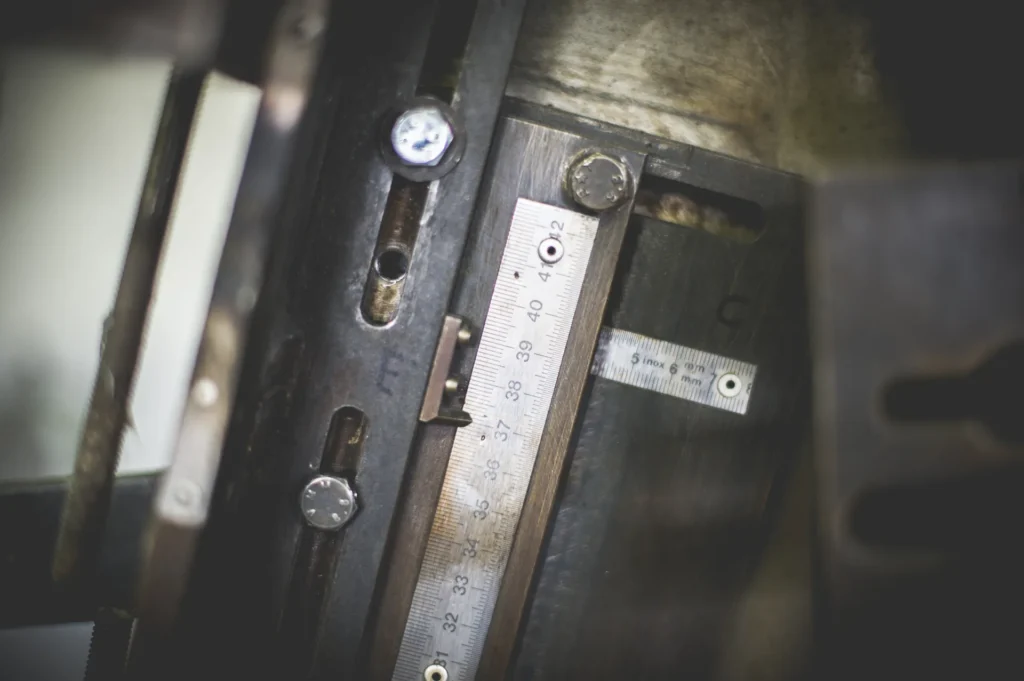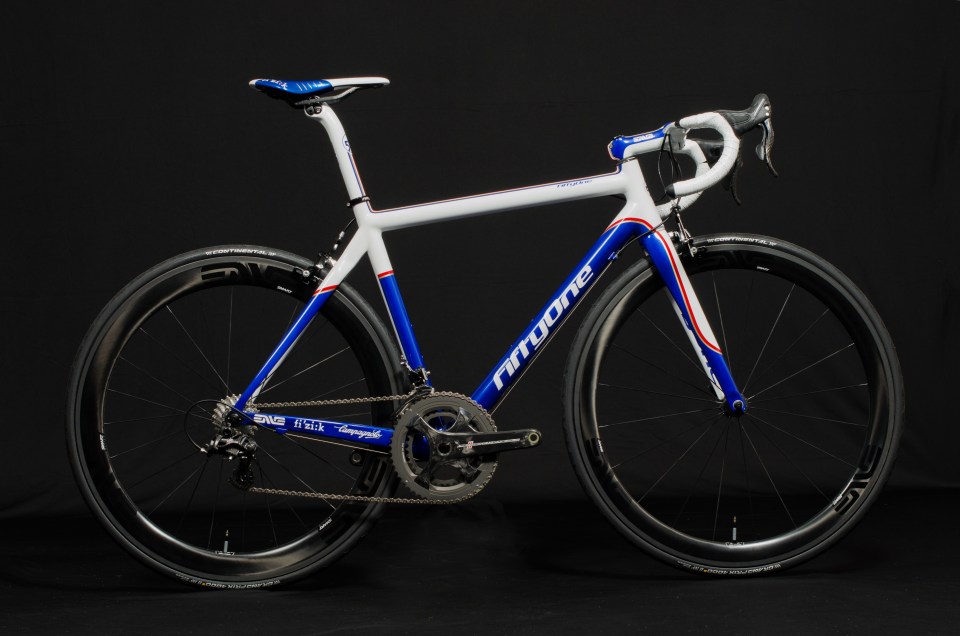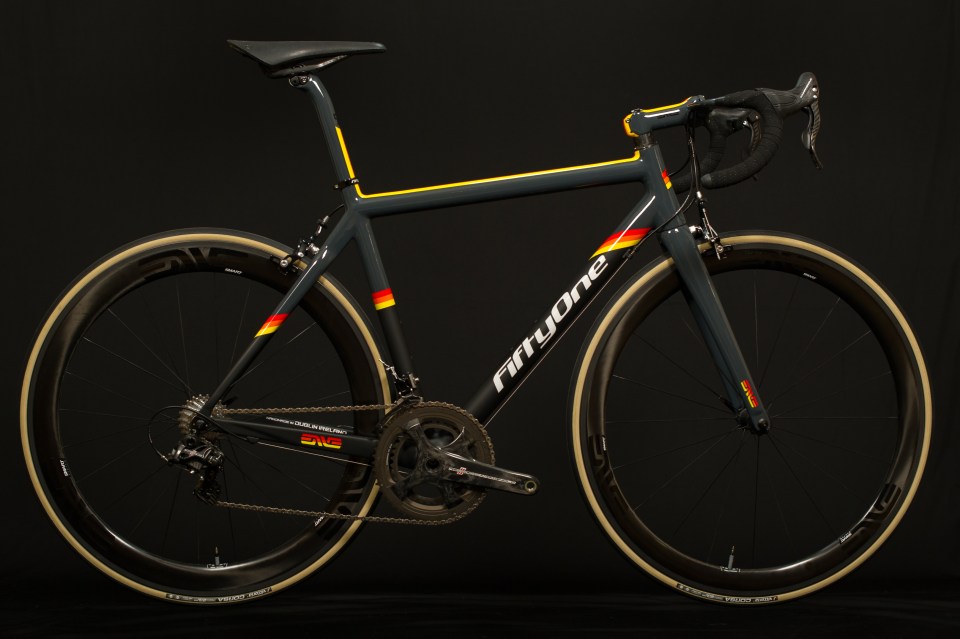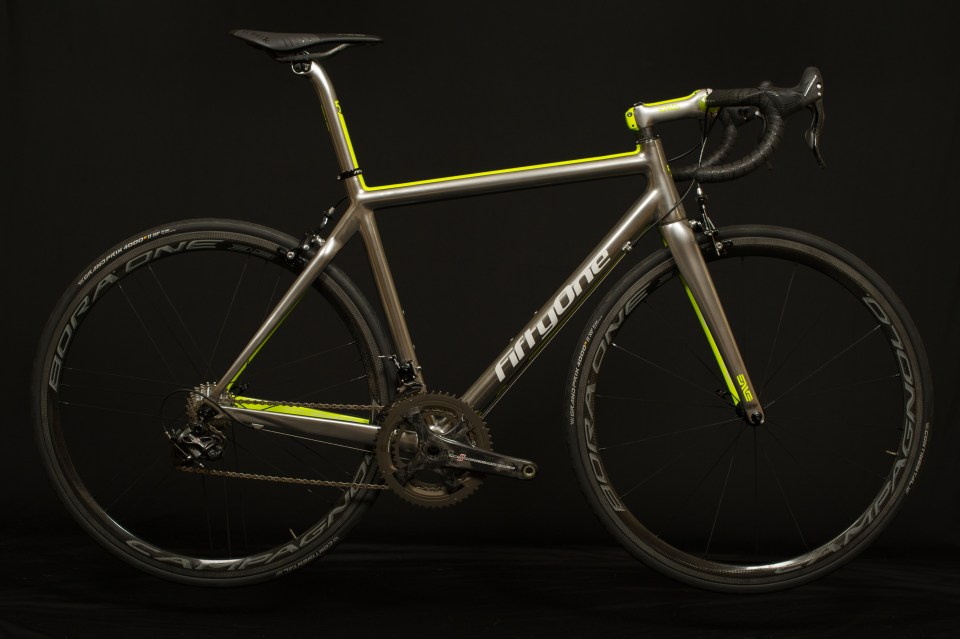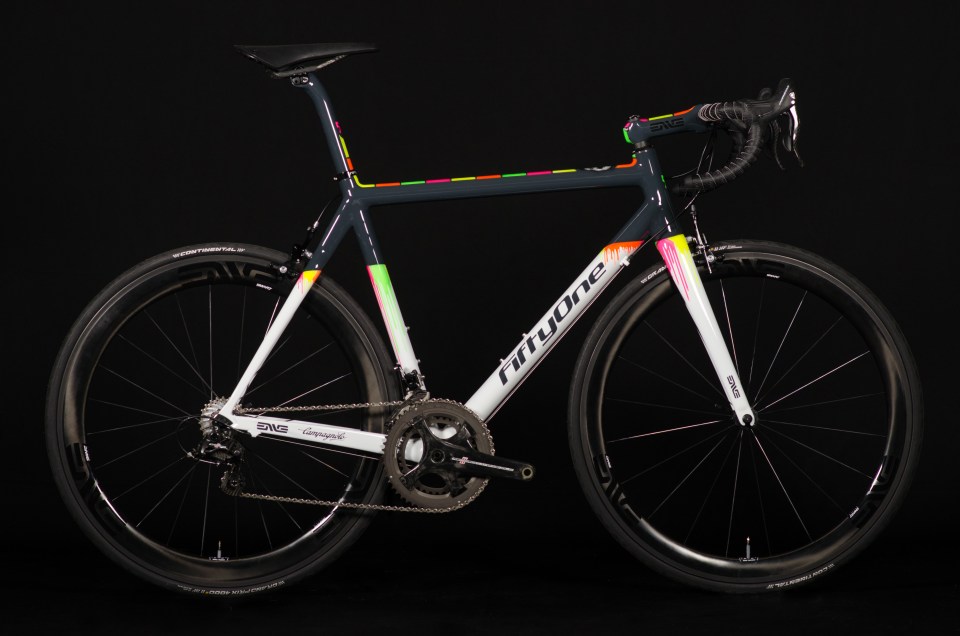Precision at each step
How a FiftyOne is Built
1. Cutting the Tubes
The carbon tubes are cut to the client’s exact length. The tubes are then mitred using a diamond-tipped hole saw.
2. Fitting Test
The tubes are then inserted into the jig to test their fit. The tighter the fit, the stronger the joint. With every frame build, there is great attention to detail. We will take the time to file and sand the joints by hand to ensure the tightest fit possible. We take the time on the small details. A dream custom bike is born from meticulous attention to these apparently small details.
3. Bonding
We use a three-step process to ensure maximum structural integrity. After removing the tubes from the jig, the frame builder sands and prepares the surface to ensure a good bond. A high strength adhesive is used to bond the tubes together, and infrared is used to aid the cure. Once cured, the frame can be removed from the jig and is now held together. Before the joints are wrapped with prepreg, a fillet is built up around the joints. This adds additional strength and ensures a smooth transition from one tube to the adjoining tube, avoiding acute angles in the fibres and removing potential weak spots.
4. Adjustments
We can vary the lay-up and use different weights of carbon fibre depending on the rider's size and riding style. This allows us to fine-tune the ride characteristics of the frame.
5. Frame Bagging and Curing
Once the joints are wrapped, the frame is vacuum-bagged and cured under pressure. The temperature, pressure and duration vary depending on the carbon used.
6. Frame Painting
When the frame has cooled and the bagging material has been removed, there is a thorough inspection of fibre compaction. The small flash line is removed from the frame with some light sanding. The frame is then ready to be handed over to the painter.




